The Audi RS7 Sportback is an audacious last-gasp for the V8 engine
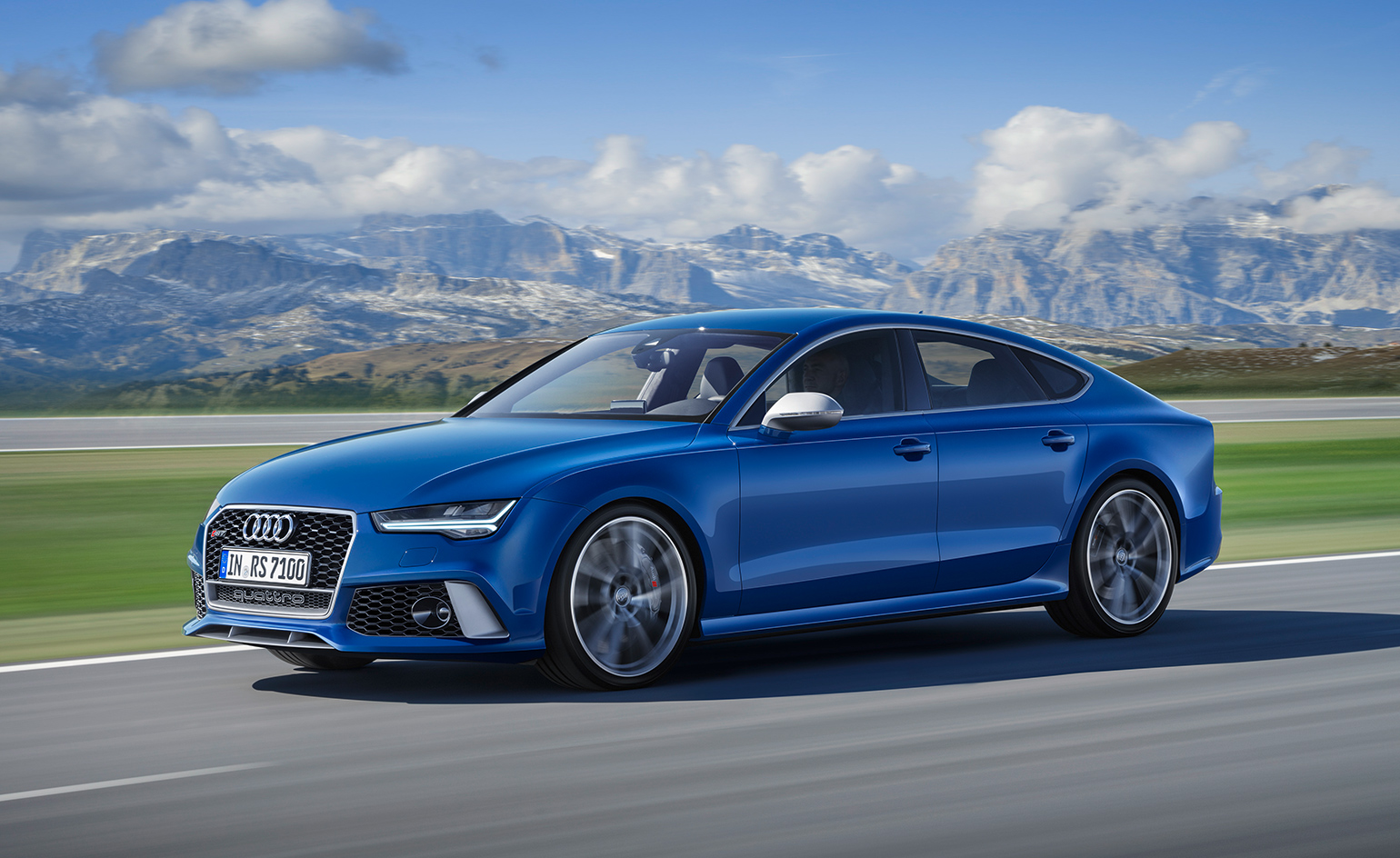
When the eulogies for the combustion engine comes to be written in a few decades time, a generous obituarist will no doubt throw a few lines in the direction of Audi's V8. It's by no means the most emotive or evocative engine ever built. It doesn't roar like an American muscle car, or scream like an Italian supercar. There's no burble like one finds on a classic British sports car. Instead, there’s the bottomless abyss of thrust, a muted roar that barely finds its full voice before you're travelling at a rate better suited to take-off and almost certainly in excess of any posted limits. It’s deployed in a number of Audi’s more outré sports cars – the R8 and RS6, for example, but for our money the best place to experience it is in the elegant RS7, a big four-door ‘coupé’ that’s explicitly pitched at those who like their cars to make an aesthetic statement just as much as an engineering one.
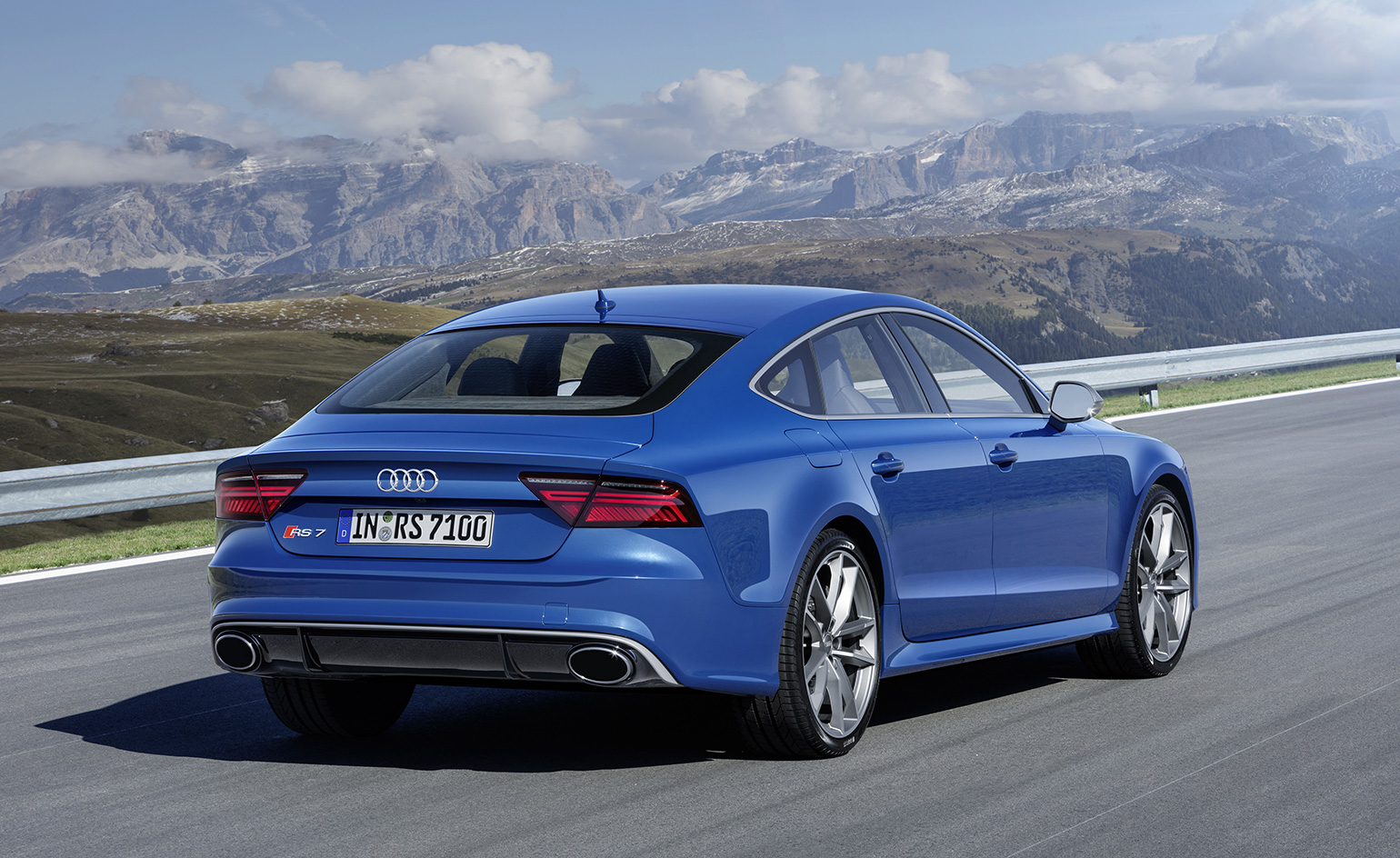
The RS7 has an undeniable presence, helped no doubt by the hefty scale that gave Audi’s designers plenty of room to perfect the lines
It’s a beautiful car, the A7. Admittedly the RS7 Sportback doesn’t exactly improve on the flowing line of the well-proportioned original as enhance it – it’s a matter of personal taste as to whether spoilers, ducts, grilles and a generally more aggressive vibe gel well with the tailored simplicity of the ‘basic car’. But it has an undeniable presence, helped no doubt by the hefty scale that gave Audi’s designers plenty of room to perfect the lines. Inside, the usual Audi interior quality is present and correct, although aficionados might note that everything is looking a little bit last generation; Audi’s most recent models have wholeheartedly embraced the ‘digital cockpit’ concept, with screen-based dashboards that change according to the tastes and information demand of the driver. A full plethora of driving aids, including the Quattro four-wheel-drive system, help get the V8’s power down with a minimum of fuss, and the adjustable ride does a good job of cosseting or bolstering depending on the road surface and speed.
Building big beautiful cars simply isn’t enough in today’s auto market. The RS7’s replacement is waiting in the wings, but rather than simply replace the current car with something a little swifter, sleeker and more impressive, any new model will have to better represent the culture change that is sweeping through the car industry. Political rumblings in Germany recently suggested that there’s enough momentum and popular support – among consumers and manufacturers – to instigate a ban on new traditionally-powered cars being made after 2030. Instead of the expected howls of outrage (imagine if such a scenario had been suggested in the US or UK), there was a steely silence; you can sure that there’s a spreadsheet somewhere that plans for exactly this scenario.
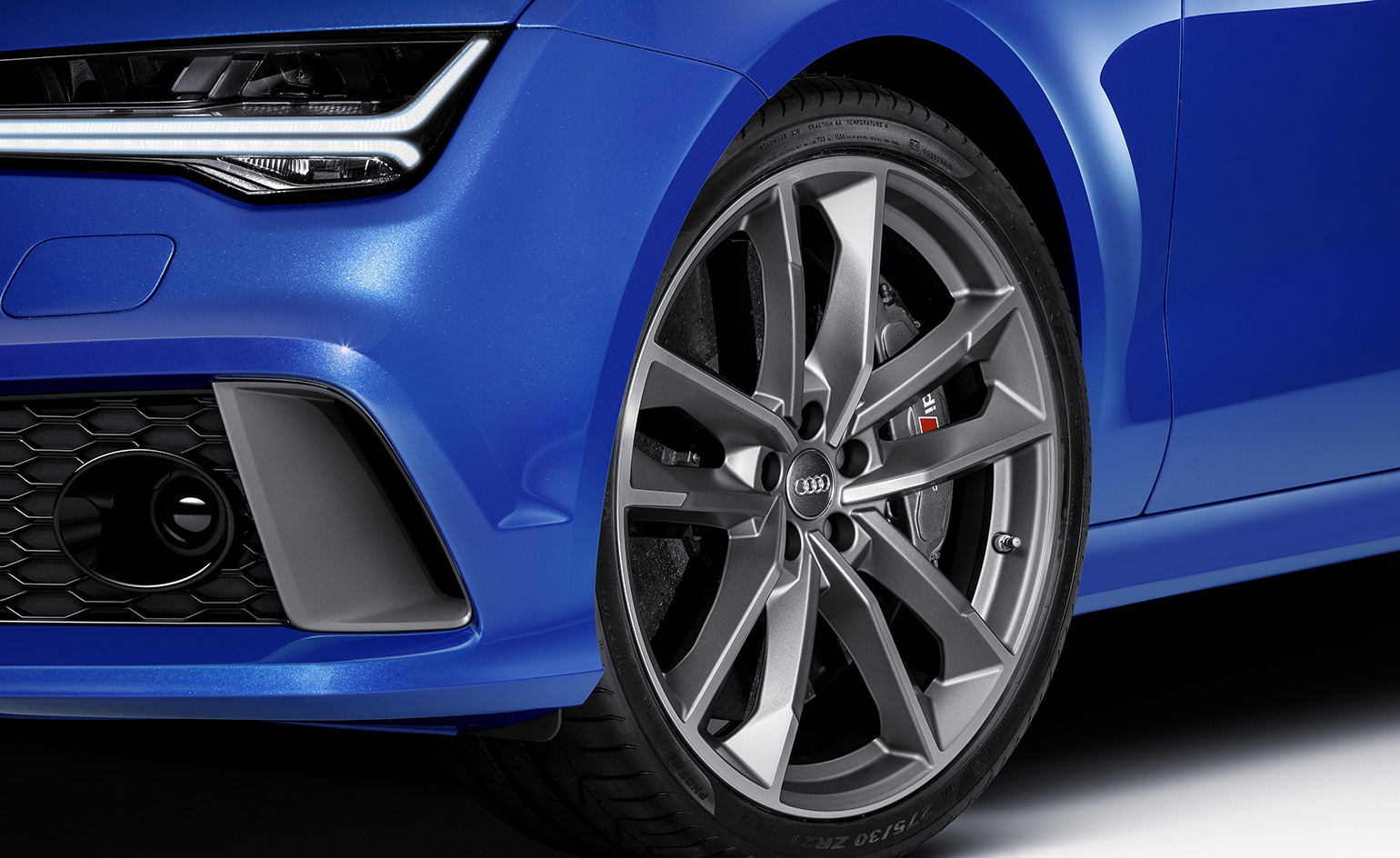
Detail of the Audi RS7 Sportback
Audi has largely dodged the bullet taken by its parent company for its well-documented sins against emissions testing, even though both companies share many of the tainted components. The VW Group knows it must fight back and becoming a big player in electric cars and Audi and VW itself will help rebuild its image (hence VW’s sparky ID concept exhibited at Paris last month). The next A7 will almost certain include a hybrid option; Audi are predicted to start their all-electric car push with SUV models at the beginning, with saloons and hatchbacks to follow. Right now, however, the RS7 represents a final charge, doomed yet dramatic, for the raw deployment of old-fashioned power. It’s a fine note on which to sign off on, but expect the next generation of big, bold Audis to move the company’s image on to another level.
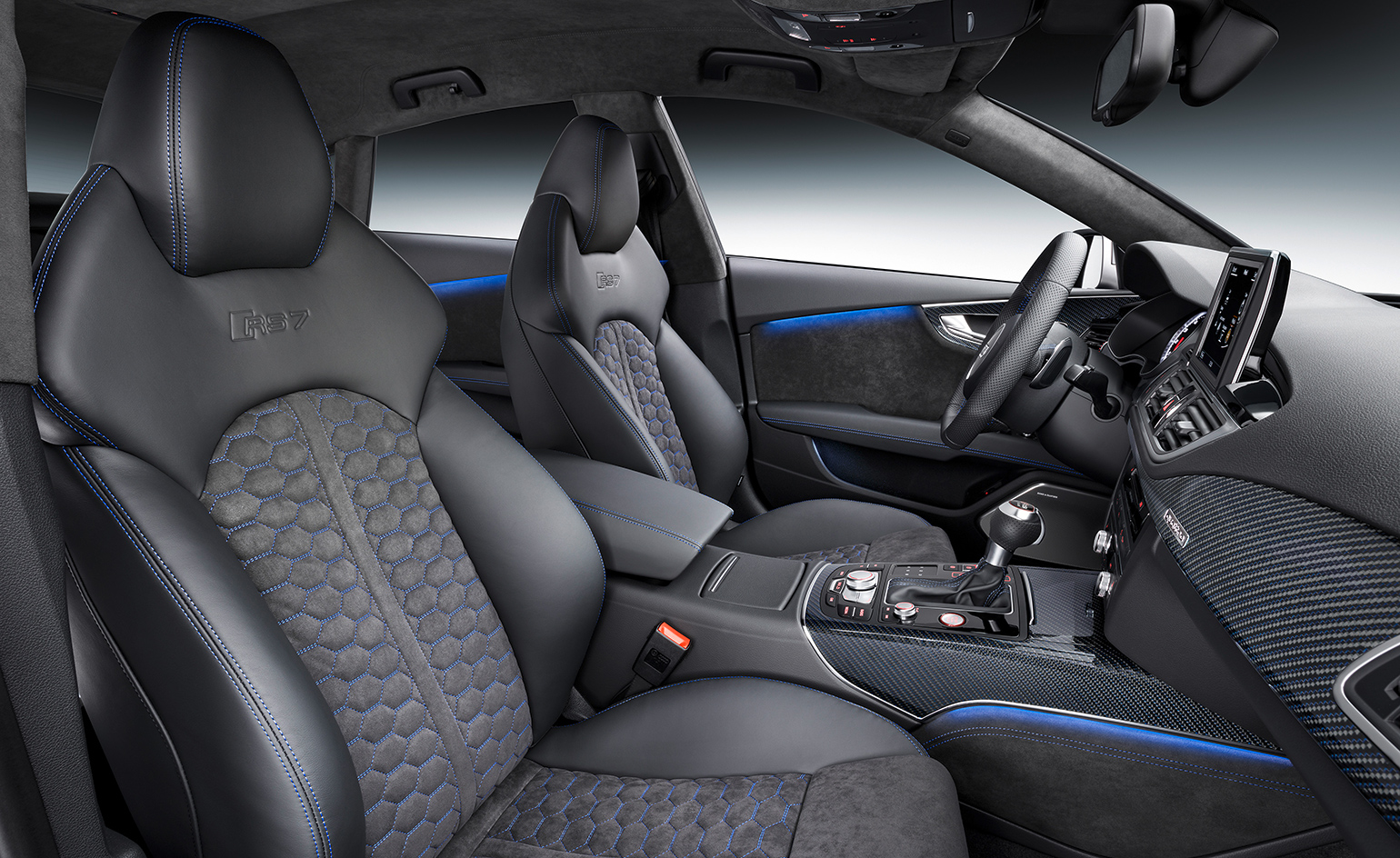
Inside, the usual Audi interior quality is present and correct, although aficionados might note that everything is looking a little bit last generation
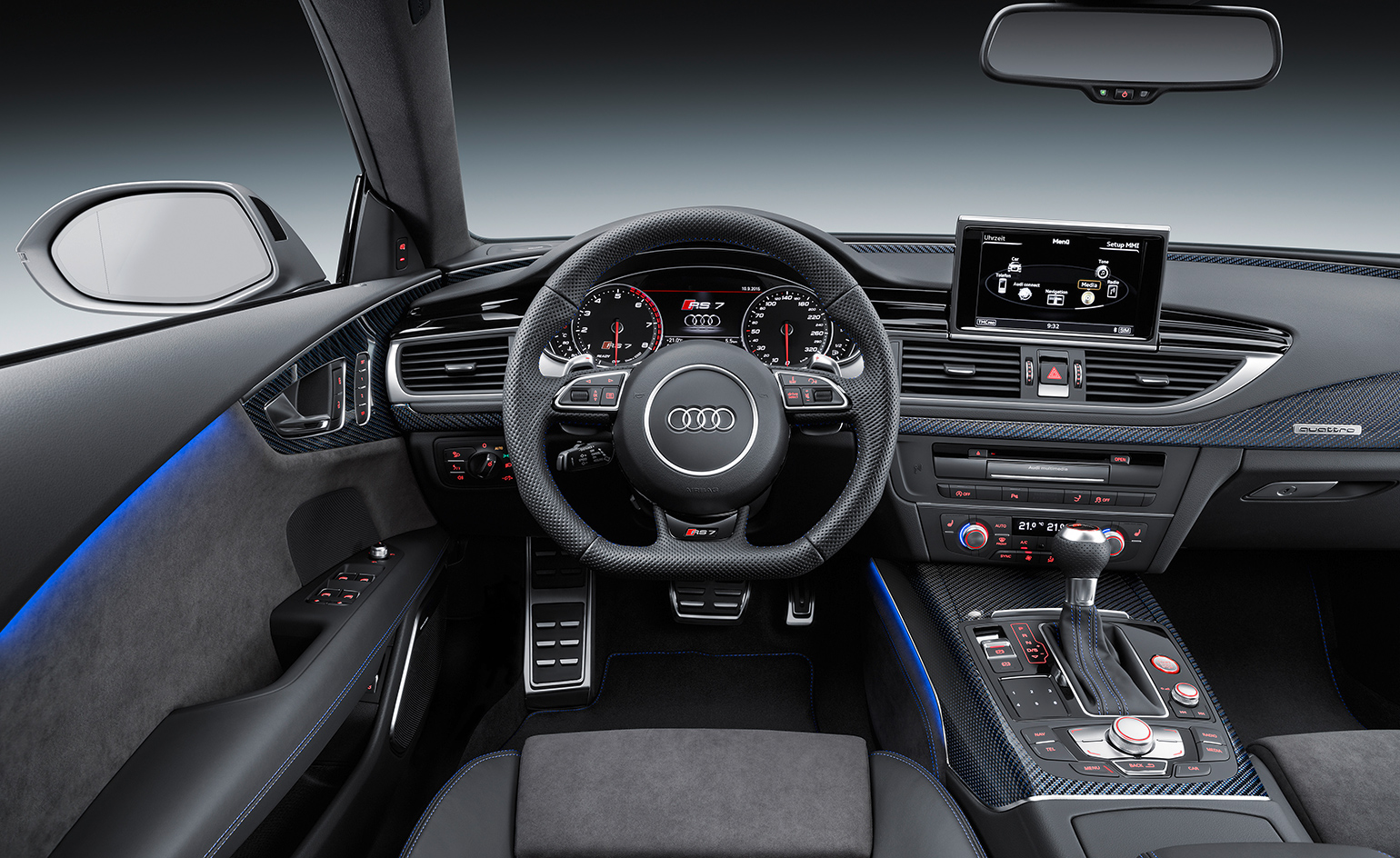
The brand's most recent models have wholeheartedly embraced the ‘digital cockpit’ concept, with screen-based dashboards that change according to the tastes and information demand of the driver
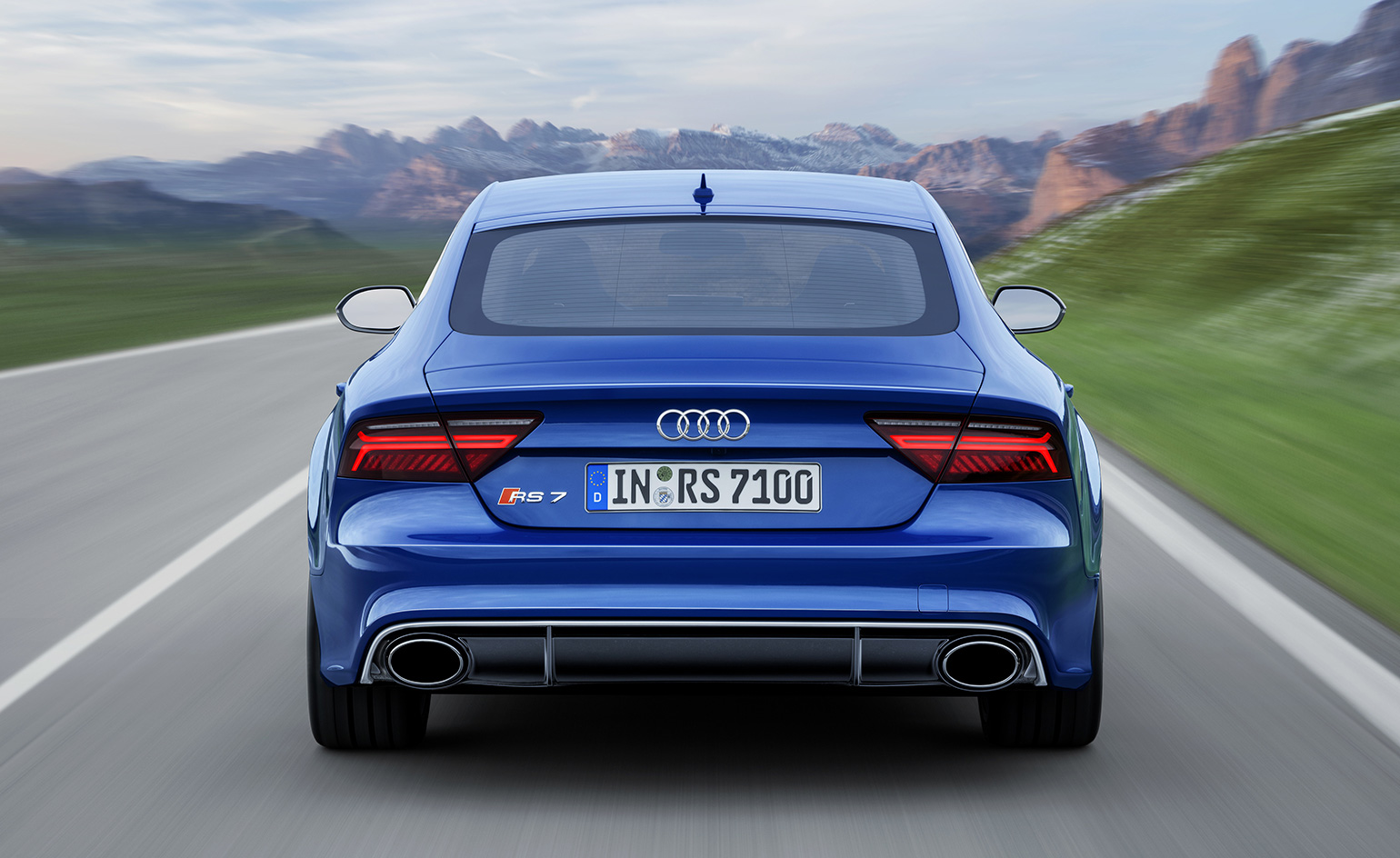
The adjustable ride does a good job of cosseting or bolstering depending on the road surface and speed
INFORMATION
Audi RS7 Sportback, from £85,485. For more information, visit the Audi website
Wallpaper* Newsletter
Receive our daily digest of inspiration, escapism and design stories from around the world direct to your inbox.
Jonathan Bell has written for Wallpaper* magazine since 1999, covering everything from architecture and transport design to books, tech and graphic design. He is now the magazine’s Transport and Technology Editor. Jonathan has written and edited 15 books, including Concept Car Design, 21st Century House, and The New Modern House. He is also the host of Wallpaper’s first podcast.
-
 The Subaru Forester is the definition of unpretentious automotive design
The Subaru Forester is the definition of unpretentious automotive designIt’s not exactly king of the crossovers, but the Subaru Forester e-Boxer is reliable, practical and great for keeping a low profile
By Jonathan Bell
-
 Sotheby’s is auctioning a rare Frank Lloyd Wright lamp – and it could fetch $5 million
Sotheby’s is auctioning a rare Frank Lloyd Wright lamp – and it could fetch $5 millionThe architect's ‘Double-Pedestal’ lamp, which was designed for the Dana House in 1903, is hitting the auction block 13 May at Sotheby's.
By Anna Solomon
-
 Naoto Fukasawa sparks children’s imaginations with play sculptures
Naoto Fukasawa sparks children’s imaginations with play sculpturesThe Japanese designer creates an intuitive series of bold play sculptures, designed to spark children’s desire to play without thinking
By Danielle Demetriou
-
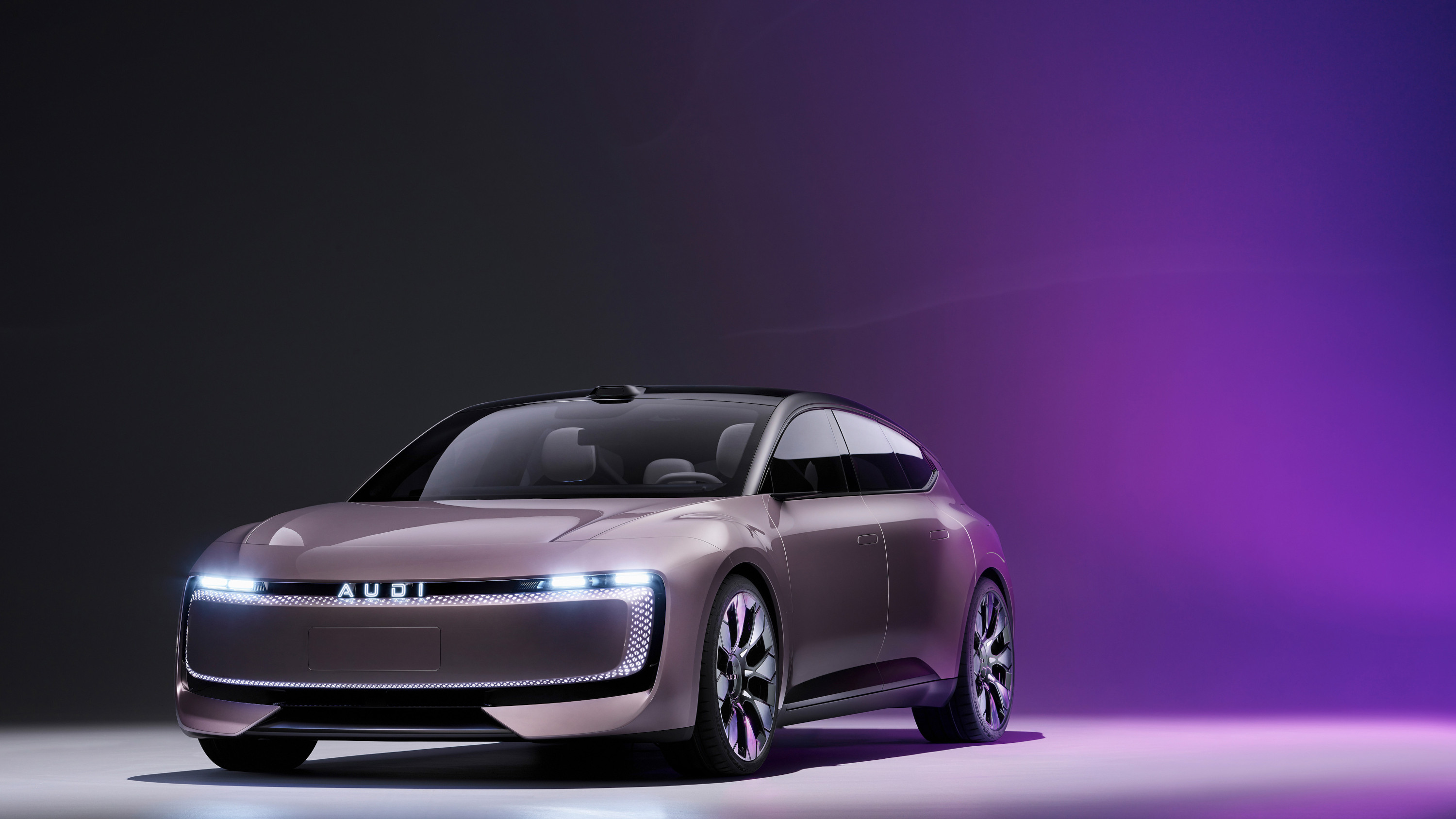 Audi launches AUDI, a China-only sub-brand, with a handsome new EV concept
Audi launches AUDI, a China-only sub-brand, with a handsome new EV conceptThe AUDI E previews a new range of China-specific electric vehicles from the German carmaker’s new local sub-brand
By Jonathan Bell
-
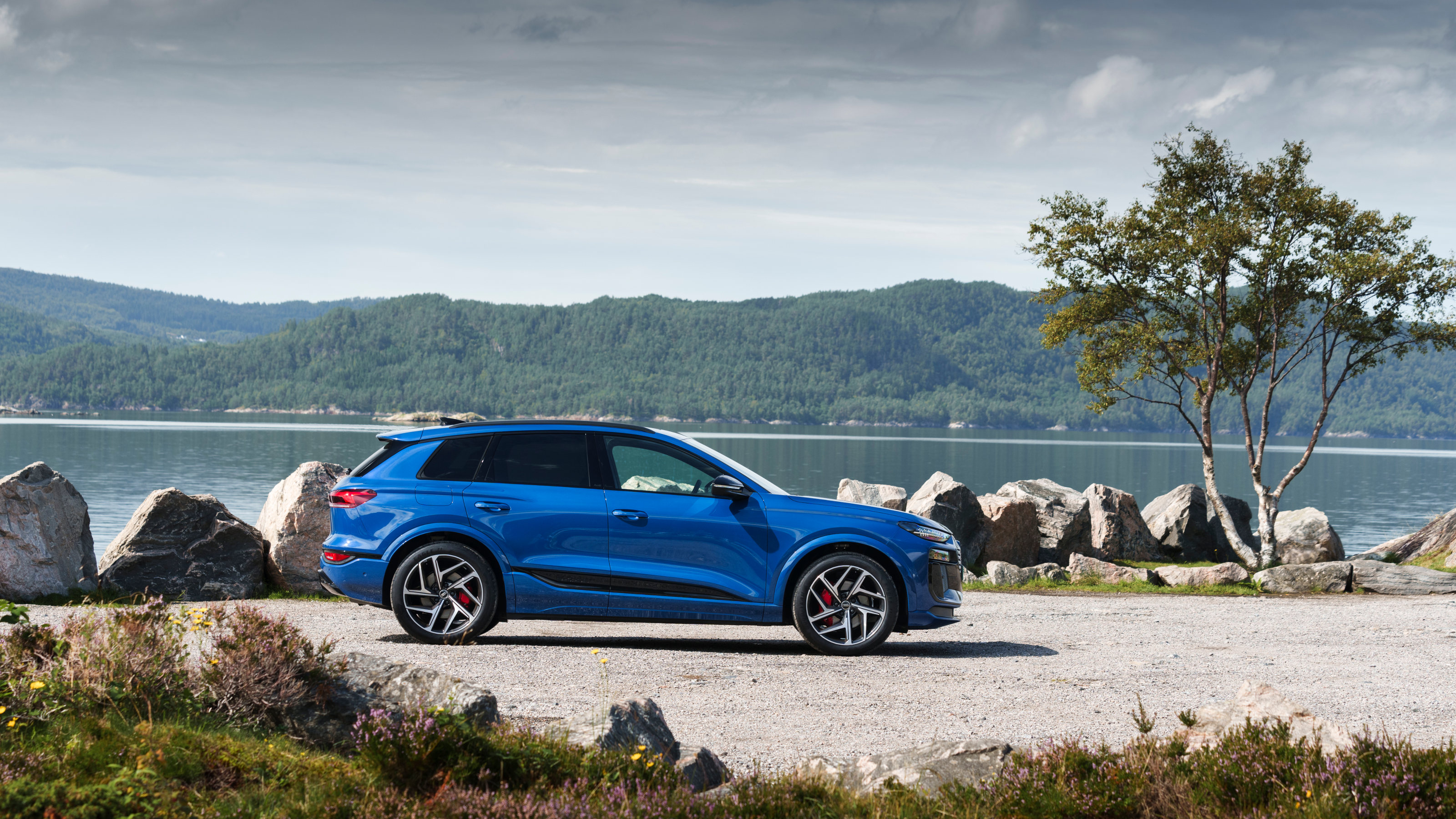 We take Audi’s new Q6 e-tron quattro around and across the fjords of Norway
We take Audi’s new Q6 e-tron quattro around and across the fjords of NorwayThe new Audi Q6 e-tron quattro is a pure EV that marks a new design direction for the German brand, setting new tech standards along the way. Transportation Editor, Jonathan Bell, takes it for a drive
By Jonathan Bell
-
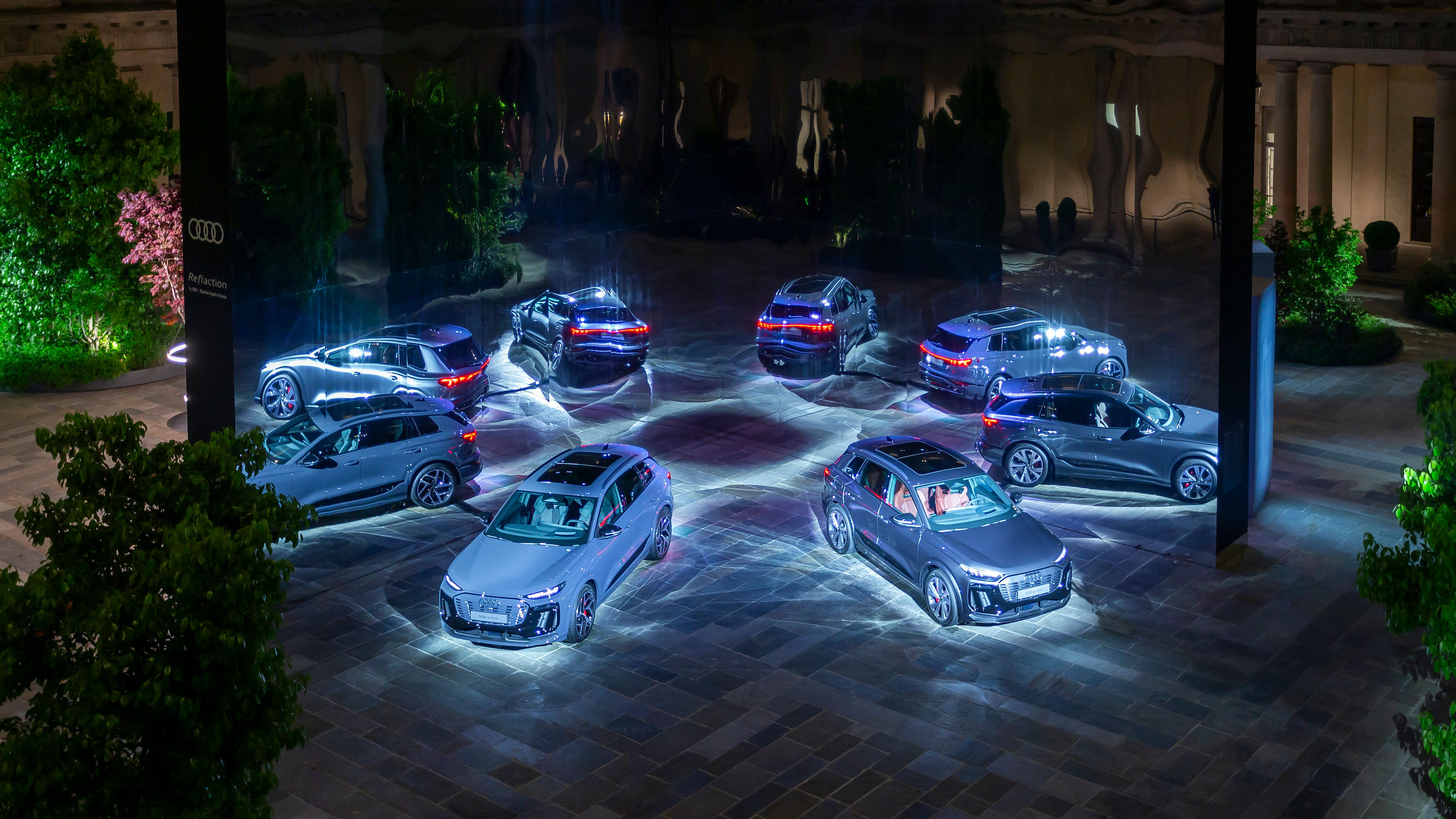 A deep dive into the new Audi Q6 e-tron, revealed at Milan Design Week 2024
A deep dive into the new Audi Q6 e-tron, revealed at Milan Design Week 2024The Audi Q6 e-tron is the brand's latest all-electric car, a stylish powerhouse launched at Audi’s House of Progress in Milan
By Shawn Adams
-
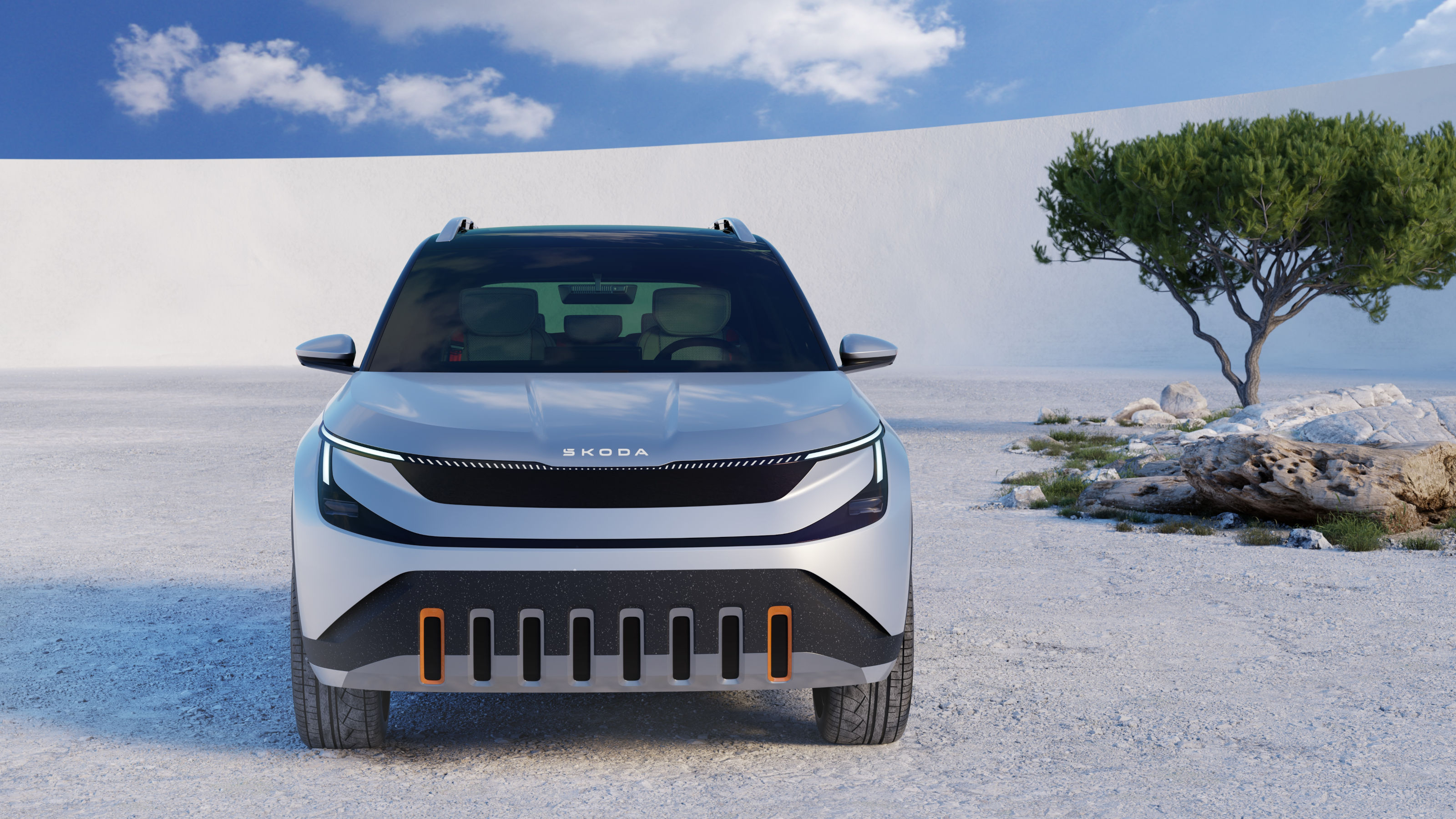 Coming soon: a curated collection of all the new EVs and hybrids that matter
Coming soon: a curated collection of all the new EVs and hybrids that matterWe've rounded up new and updated offerings from Audi, Porsche, Ineos, Mini and more to keep tabs on the shifting sands of the mainstream car market
By Jonathan Bell
-
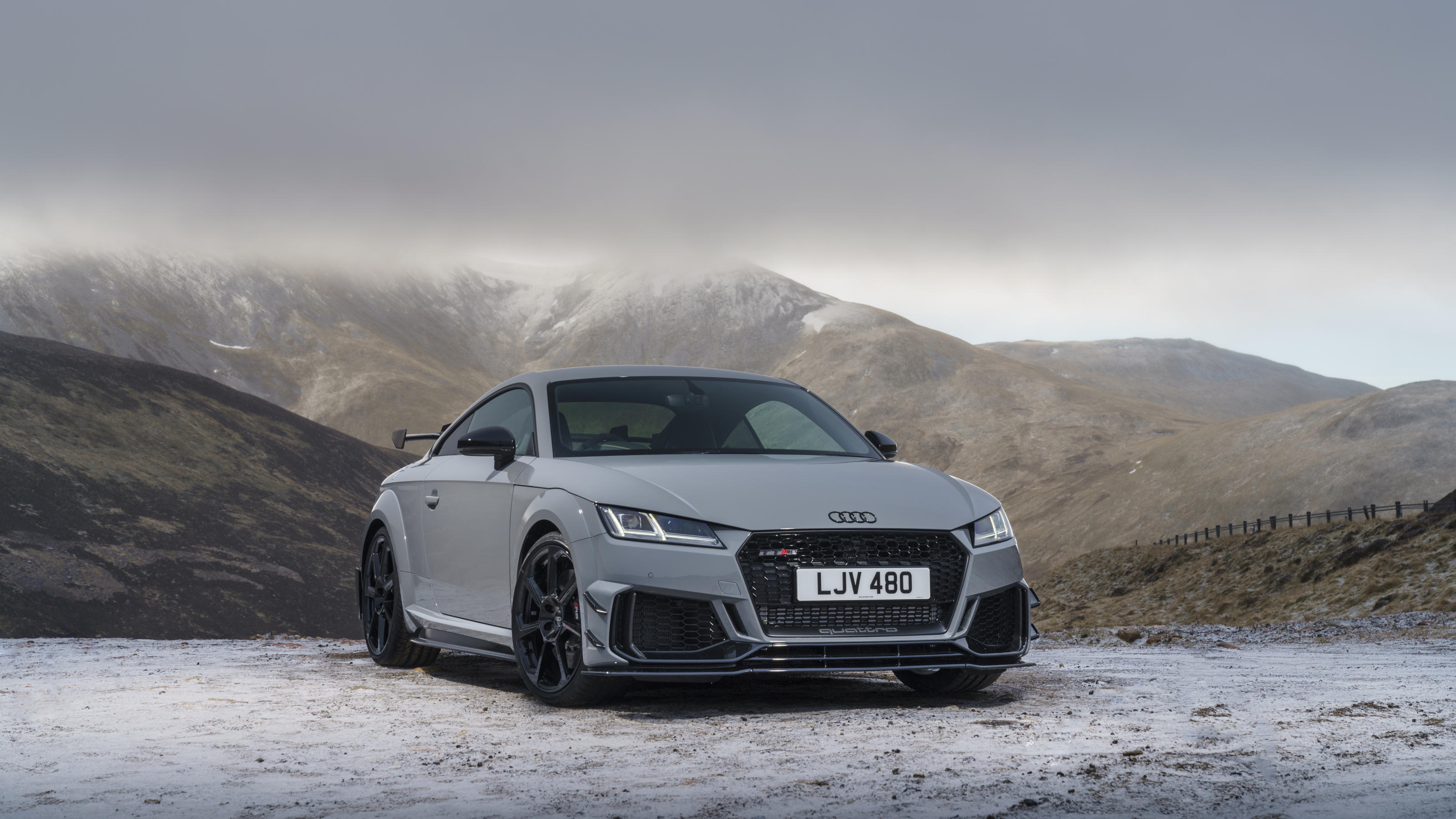 Farewell to the Audi TT, a design icon that evolved with the automotive landscape
Farewell to the Audi TT, a design icon that evolved with the automotive landscapeFor over 25 years, the Audi TT has been synonymous with the brand, a modern machine that initially favoured style over sport. The final editions are very different beasts to the original
By Jonathan Bell
-
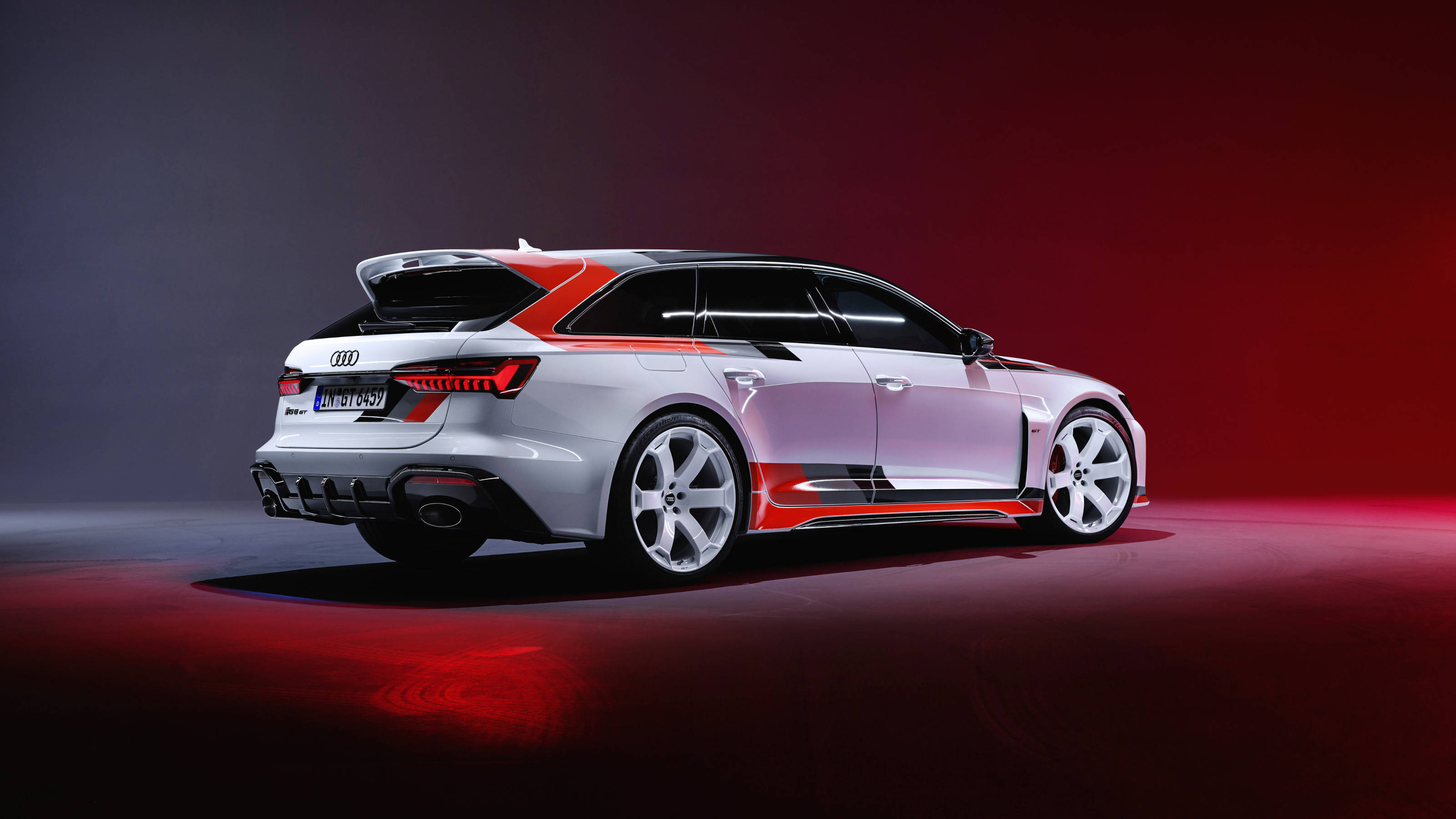 Audi RS6 Avant GT is an estate car that thinks it belongs on the track
Audi RS6 Avant GT is an estate car that thinks it belongs on the trackWith the Audi RS6 Avant GT limited-edition supercar, Audi Sport has gone all-out to create the ultimate hyper-estate
By Jonathan Bell
-
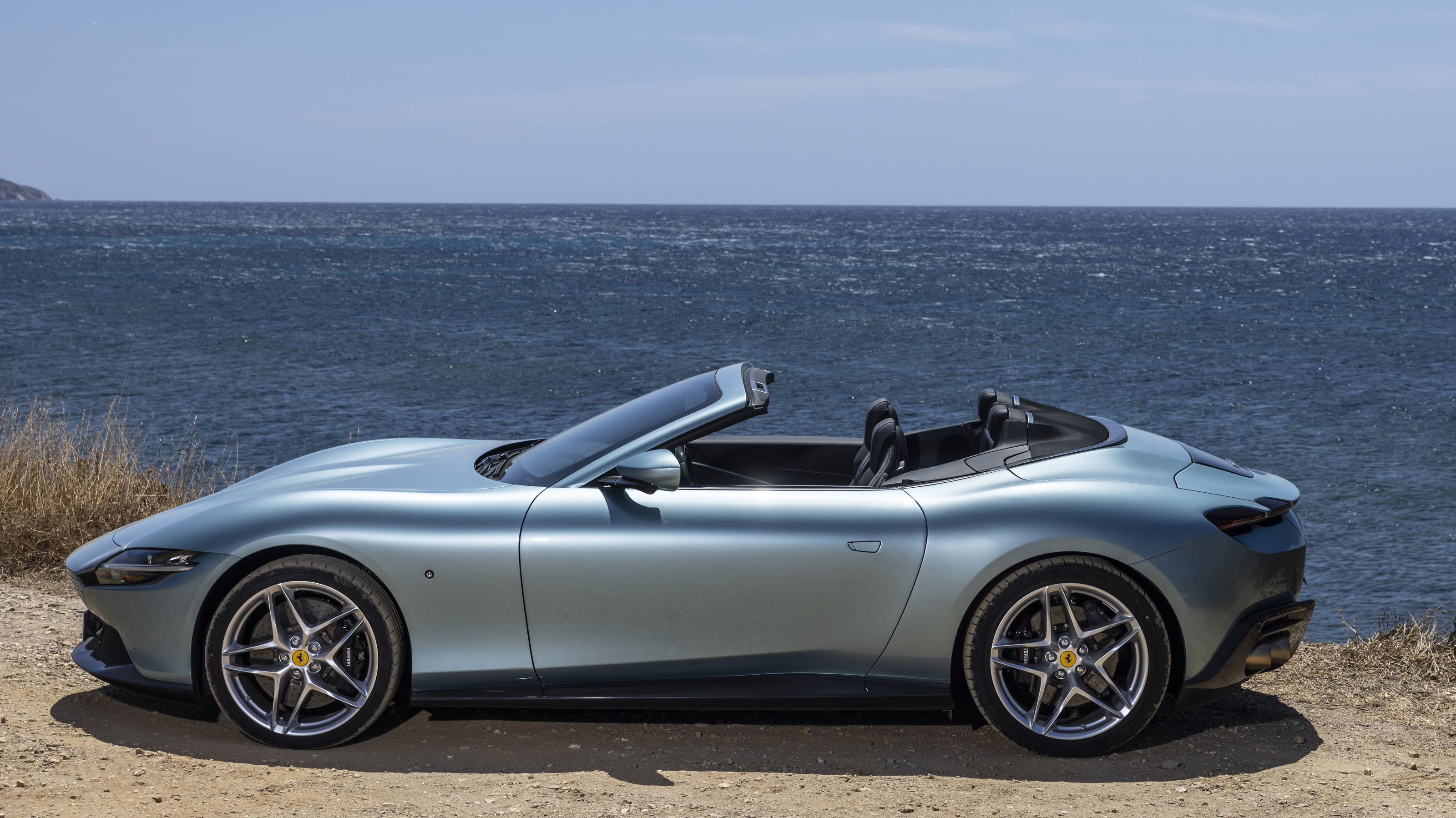 Year in review: the top 10 cars of 2023, as selected by Wallpaper’s Jonathan Bell
Year in review: the top 10 cars of 2023, as selected by Wallpaper’s Jonathan BellWhat were the best four-wheeled offerings of 2023? Transport editor Jonathan Bell takes us through the year’s most intriguing automobiles
By Jonathan Bell
-
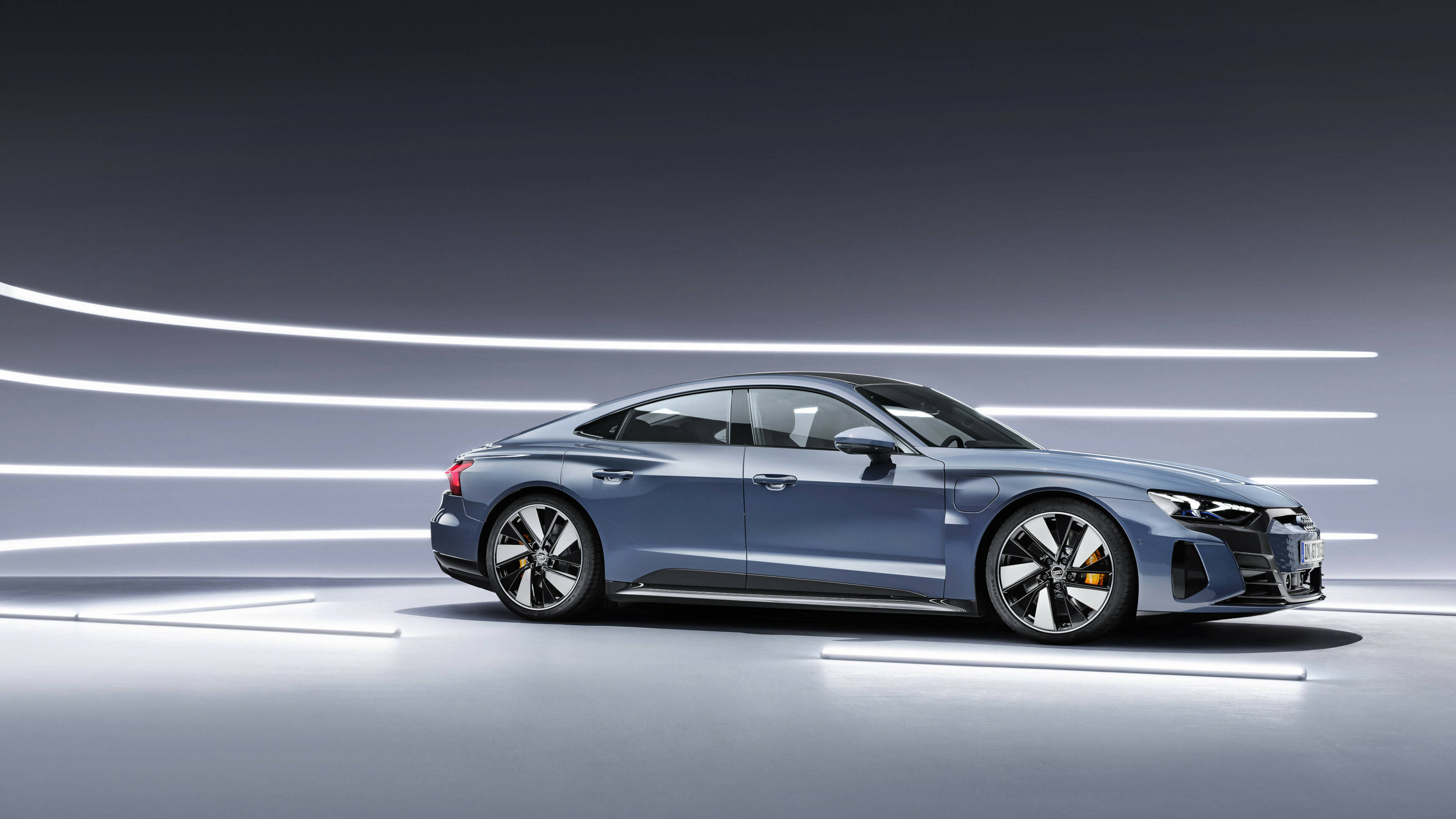 Audi e-tron GT quattro still pushes all the right buttons. But what happens next?
Audi e-tron GT quattro still pushes all the right buttons. But what happens next?Life behind the wheel of Audi’s elegant electric GT, plus a short history of the company’s e-tron series, from concept through to production
By Jonathan Bell